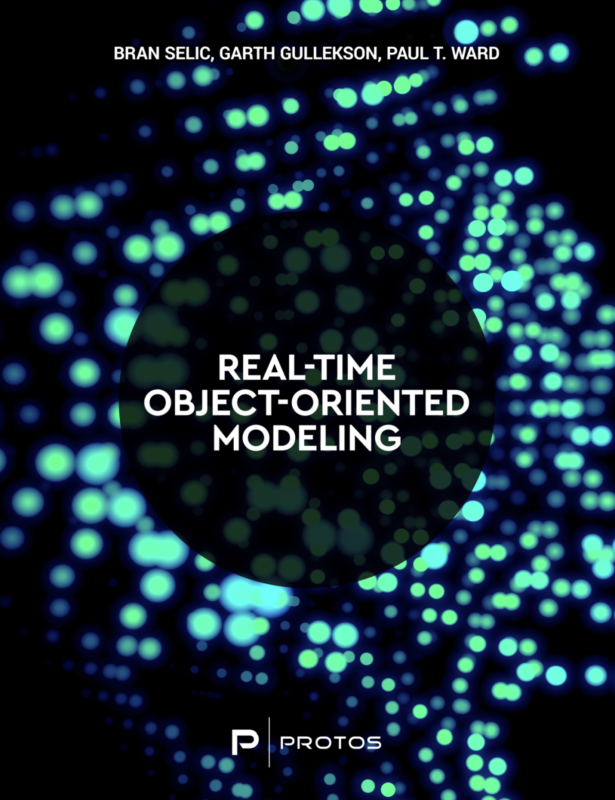
Are you looking for a more effective approach to real-time systems development? The development of real-time distributed systems is one of the most difficult engineering problems ever faced, taxing the capabilities of traditional real-time software development approaches. Real-Time Object-Oriented Modeling is the first book that brings together, in a single harmonious approach, the power of object-oriented concepts tailored specifically for real-time systems, with an iterative and incremental process based on the use of executable models. Developed by practitioners, the proven methodology described here is becoming a leader in the industry.
Are you looking for a more effective approach to real-time systems development? The development of real-time distributed systems is one of the most difficult engineering problems ever faced, taxing the capabilities of traditional real-time software development approaches. Real-Time Object-Oriented Modeling is the first book that brings together, in a single harmonious approach, the power of object-oriented concepts tailored specifically for real-time systems, with an iterative and incremental process based on the use of executable models. Developed by practitioners, the proven methodology described here is becoming a leader in the industry. Using a learn-by-example approach, this book offers:
- A single consistent set of graphical modeling concepts, chosen to improve developer effectiveness, which applies uniformly to analysis, design, and implementation. This reduces the learning curve to master the entire method and eliminates expensive discontinuities across different stages of development.
- An approach to the object paradigm that is easy to learn and that applies to the construction of reusable architectural design components, not just low-level language elements. This unleashes the true power of the object paradigm.
- Techniques for constructing executable models to gain early confidence in specifications and design decisions.
- Approaches to project management that deliver the benefits of the object paradigm and executable models.



